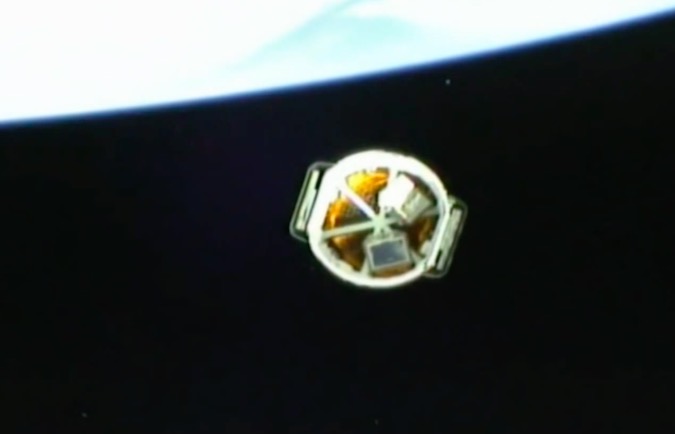SpaceX’s Falcon 9 rocket will go from Cape Canaveral to low Earth orbit in 10 minutes Friday with a Dragon capsule heading for the International Space Station carrying nearly 7,000 pounds of supplies and experiments.
Liftoff is set for 2043:32 GMT (4:43:32 p.m. EDT) Thursday from Cape Canaveral’s Complex 40 launch pad.
It will be the 23rd flight of a Falcon 9 rocket, and the third launch of the booster’s latest configuration with higher-thrust engines and densified super-cold propellants.
The launch will be the eighth of least 26 resupply missions under contract to SpaceX to depart for the space station.
The timeline below outlines the launch sequence for the Falcon 9 flight with the Dragon spacecraft. It does not include times for the experimental descent and landing attempt of the first stage booster.
SpaceX’s landing platform is positioned about 185 miles (300 kilometers) northeast of Cape Canaveral for the first stage landing attempt, which is expected around nine minutes after liftoff.
Three ignitions of the first stage engines after separation will steer the booster toward the landing barge, or drone ship, in the Atlantic Ocean.
A “boostback” burn of three of the first stage’s nine Merlin engines is scheduled for about T+plus 3 minutes, followed by a re-entry burn of three engines T+plus 7 minutes, and a final descent maneuver with only the center engine at approximately T+plus 8 minutes, according to a timeline released by SpaceX.
T-0:00:00: Liftoff

T+0:01:13: Mach 1

T+0:01:24: Max Q

T+0:02:30: MECO

T+0:02:34: Stage 1 Separation

T+0:02:41: Second Stage Ignition

T+0:10:00: SECO

T+0:10:30: Dragon Separation

T+0:12:00: Solar Arrays Deployed

Email the author.
Follow Stephen Clark on Twitter: @StephenClark1.



